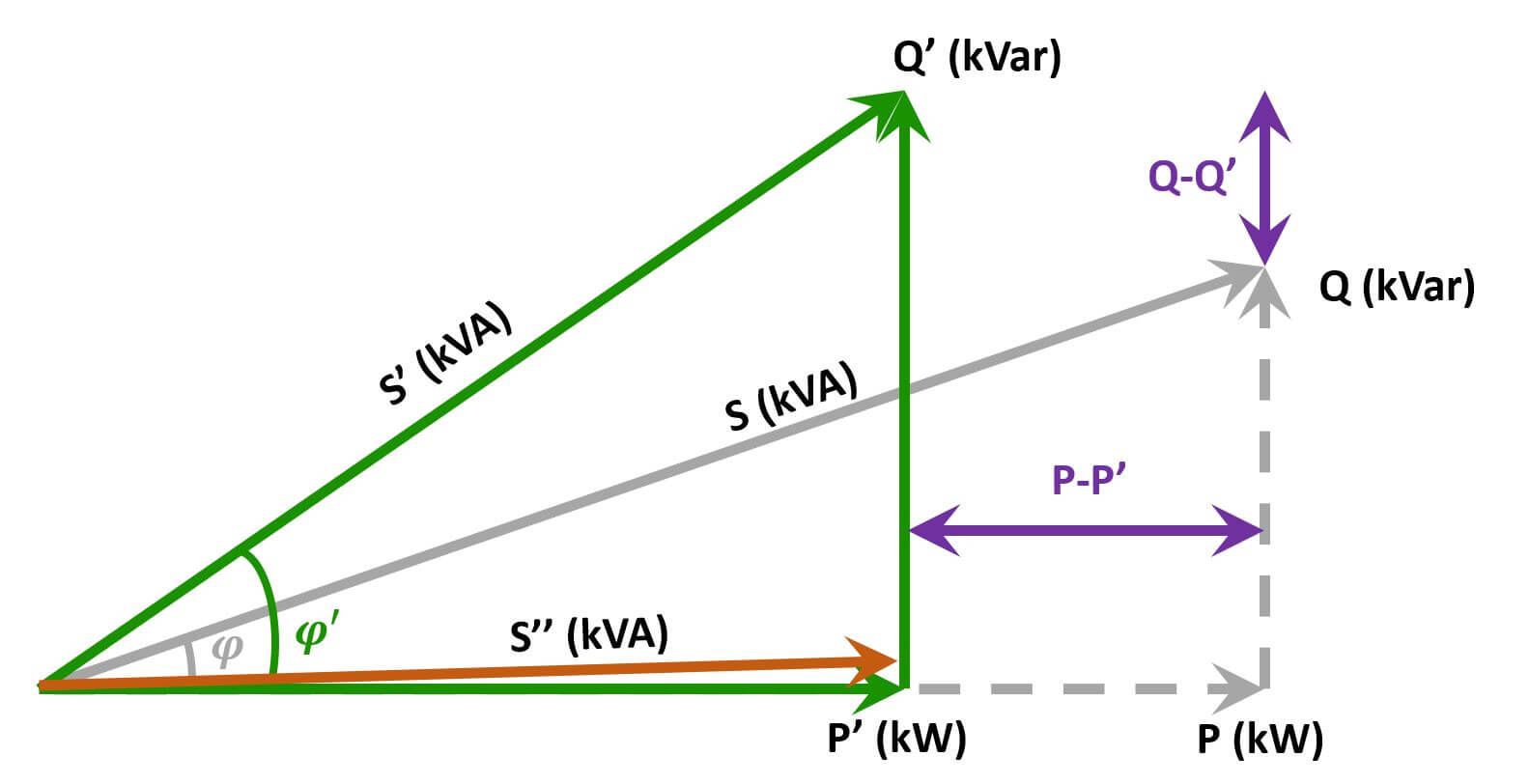Unlocking Grid Stability: A Step-by-Step Guide to Installing SVG Modules
In the realm of power quality solutions, Static Var Generators (SVGs) have emerged as indispensable tools for enhancing grid stability and mitigating voltage fluctuations. As the demand for reliable and efficient electrical systems continues to soar, understanding the detailed installation process of SVG modules, including Current Transformers (CTs), becomes crucial for businesses seeking to optimize …
Unlocking Grid Stability: A Step-by-Step Guide to Installing SVG Modules Read More »

